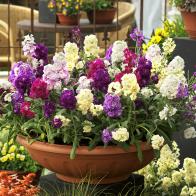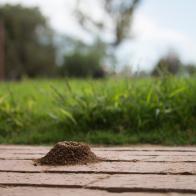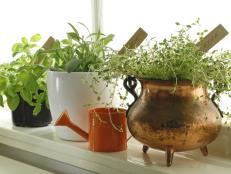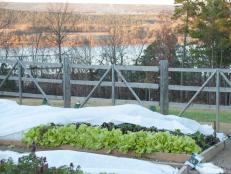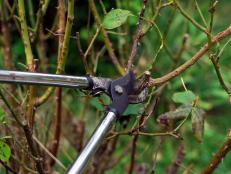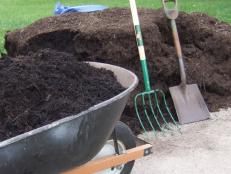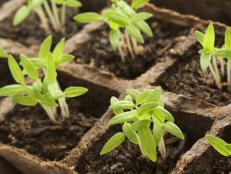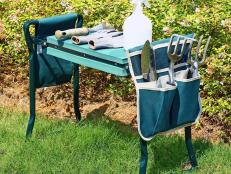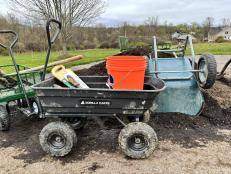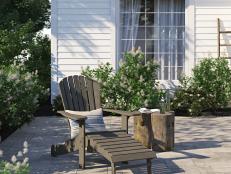Cover Crops: Why You Should Be Planting Them This Fall
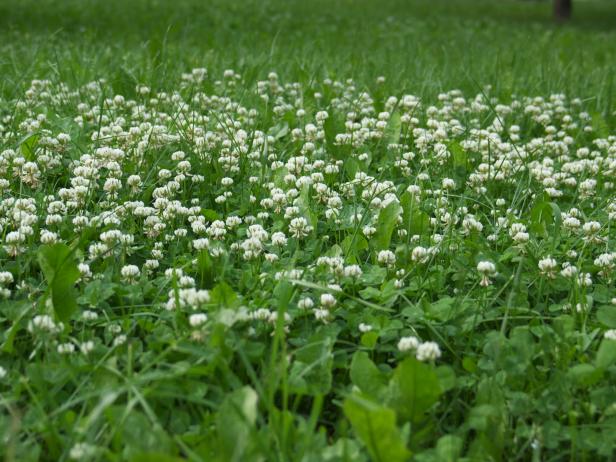
Zoonar RF
Plant a field of dutch clover as a winter cover crop.
As you start preparing your garden for winter, keep the idea of cover crops in mind. Cover crops can help suppress weeds, control erosion, keep pests at bay and build healthier soil. Maybe that’s why gardeners call them “green manure.”
Fall is an ideal time to plant cover crops. Some of the most popular kinds grow well in the cool temperatures of fall, and when killed by freezing weather they turn into protective, soil-enriching mulch while their roots decompose and enrich beneath the surface, preparing beds for spring planting. If you plant a winter-hardy crop or live in a warmer area, you can simply till the crop under come late winter or early spring, a few weeks before planting.
Here’s how to get started:
1. Choose your crop. Field grasses, rye, clover and oats all work well as cover crops. Ask a gardener in your area or get advice at your local nursery for crops that will do well in your climate.
2. Plant. Like you would if planting grass seed. Use a garden rake to gently work the soil, scatter seed and then rake again to spread and embed the seed to protect from birds.
3. Care for your cover. This part is easy. Most cover crops are very low-maintenance, though you may need to mow to keep them manageable, especially if you live in an area where you’re still up for plenty of warm weather. Water the crops in very dry weather, and check to see if the crop you’ve chosen has any special care needs.
4. Kill your crops. What? Yes, cover crops can grow out of control if not killed before they go to seed. This isn’t a concern if you plant in fall just before a killing frost, which will naturally do your dirty work for you. But if you plant earlier or live in a warm climate that never freezes, you’ll need to mow down your crops (or hit ‘em with a weed whacker) when they begin to flower or when seedheads emerge.
Wait a few days, and till the crops into the soil. After 2 or 3 weeks, the soil will be ready for planting.



